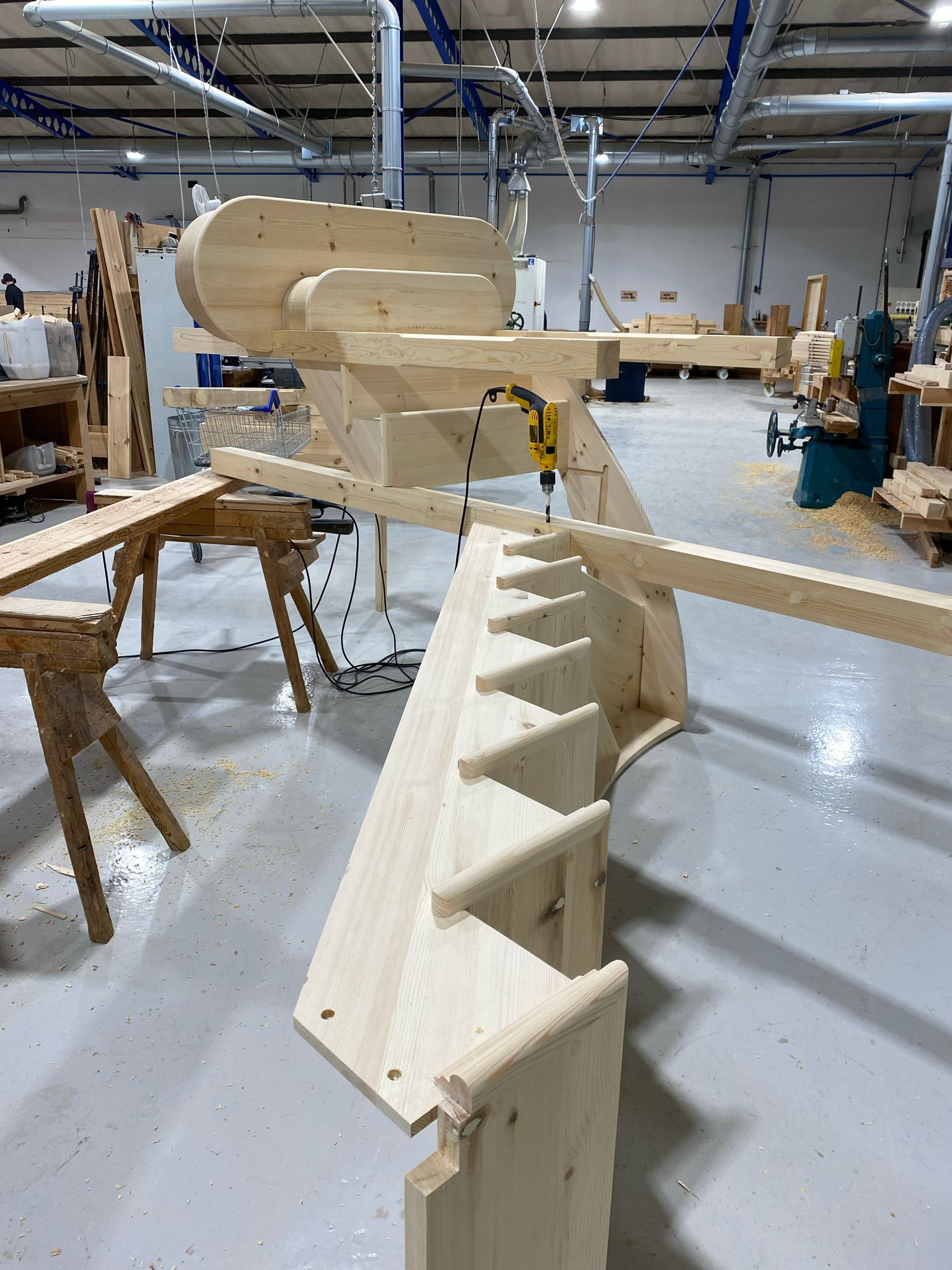How Long Do Timber Stairs Last?
Timber stairs have been a staple in architectural design for centuries, adorning everything from traditional cottages to contemporary homes across the UK. Their timeless appeal, coupled with the warmth and natural elegance they bring to a space, makes them a popular choice among homeowners and architects alike. But when considering timber stairs for your home, one crucial question arises: How long do they last? This blog delves into the lifespan of timber stairs and the factors influencing their durability.
Quality of Timber
The lifespan of timber stairs significantly depends on the quality of the wood used. Hardwoods like oak, ash, and beech are popular choices for staircases due to their inherent strength and resistance to wear and tear. These woods can last for decades, even centuries, with proper care. In contrast, softer woods like pine may not endure as long, particularly in high-traffic areas, but they still offer a respectable lifespan when maintained well.
Environmental Conditions
The environment surrounding your timber stairs plays a pivotal role in their longevity. Excessive moisture is the nemesis of wood, leading to issues like rot, mould, and warping. Conversely, too dry an environment can cause the wood to split and crack. Ideally, the stairs should be situated in a well-ventilated area with stable humidity levels to prolong their lifespan. Regular inspections for signs of moisture damage or infestations can prevent long-term issues.
Maintenance and Care
Regular maintenance is key to extending the life of your stairs. This includes cleaning them with appropriate wood cleaners, avoiding harsh chemicals, and promptly addressing spills to prevent staining or water damage. Periodic sanding and refinishing can also rejuvenate the appearance of your stairs and protect the timber. Furthermore, the application of a sealant can offer additional protection against wear and tear.
Usage and Wear
Naturally, the amount of traffic your stairs endure will influence their durability. Stairs in a busy household with pets and children may show signs of wear sooner than those in a less active home. To mitigate this, consider implementing protective measures like stair runners, which can reduce direct impact and wear on the wood.
Repair and Restoration
Timber made stairs are remarkably resilient and often can be repaired or restored rather than replaced. Loose balusters, creaky steps, and worn treads are common issues that can be addressed by a skilled craftsman. Restoration can breathe new life into old stairs, extending their usability far beyond their expected lifespan.
In conclusion, the lifespan of wooden stairs is not set in stone but varies depending on several factors including the quality of timber, environmental conditions, maintenance, usage, and the potential for repair and restoration. With the right care and attention, timber stairs can serve as a beautiful and functional part of your home for many years, often outliving the time you choose to stay in your current home. Embracing the timeless beauty of timber stairs means committing to their care, ensuring they remain a cherished feature for generations to come.

Why not check out our online staircase builder?




